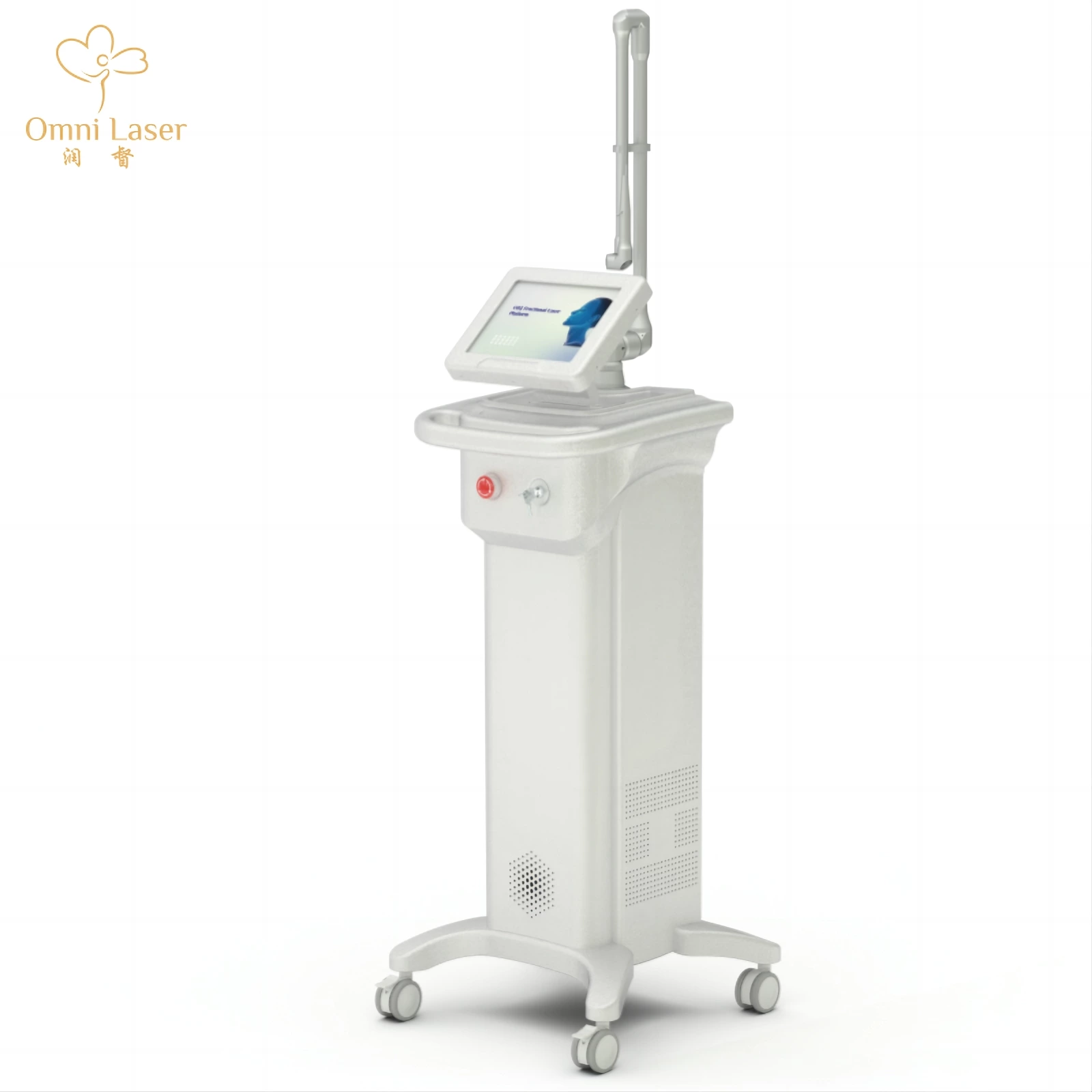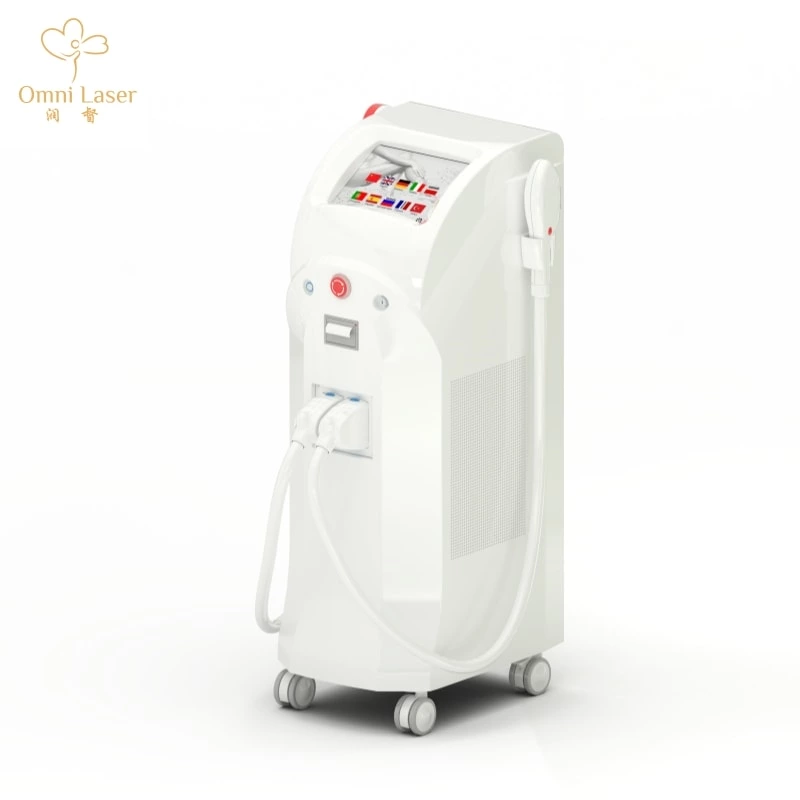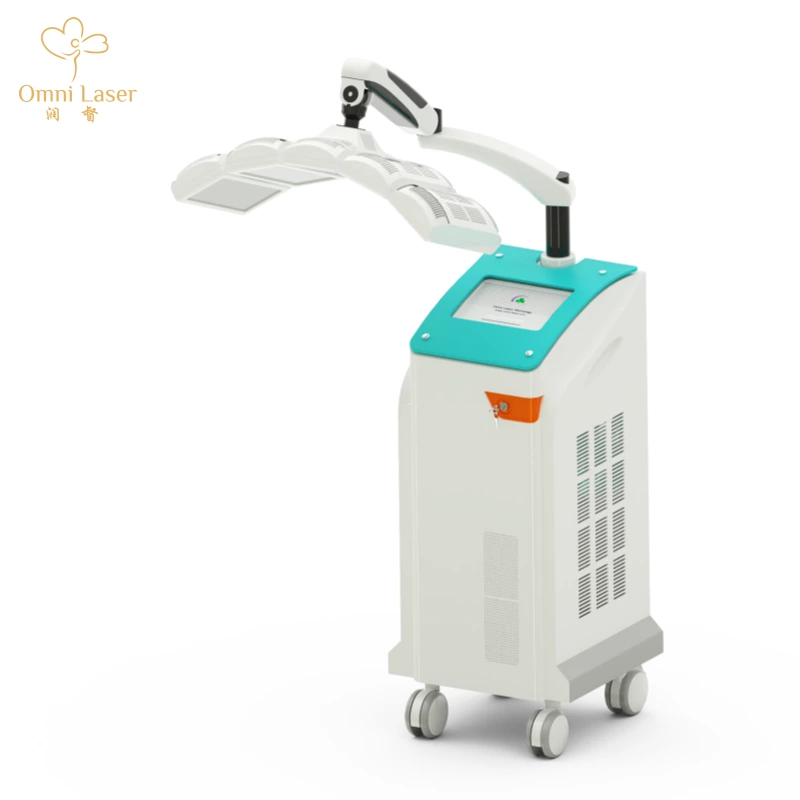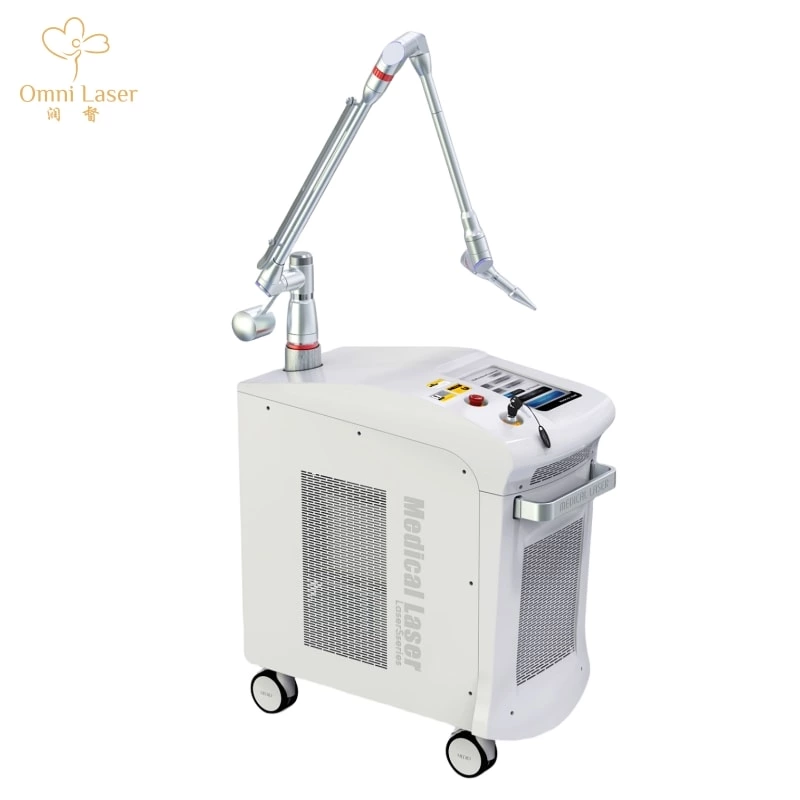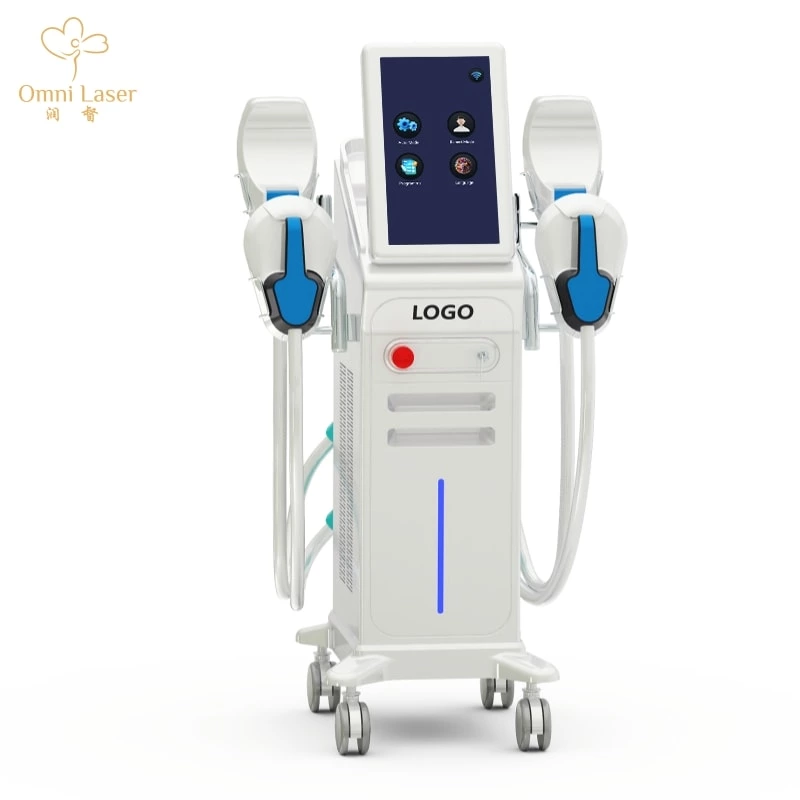How to Treat Vaginal Atrophy?
Understanding Vaginal Atrophy and the Role of CO2 Laser Treatment
Vaginal atrophy, also known as genitourinary syndrome of menopause (GSM), is a common condition affecting many women, particularly those who are postmenopausal. This condition is characterized by the thinning, drying, and inflammation of the vaginal walls due to a decrease in estrogen levels. Symptoms can include vaginal dryness, burning, itching, discomfort during intercourse, and urinary issues. Understanding the causes, symptoms, and available treatments is essential for managing this condition effectively. One emerging and promising treatment option is the use of CO2 laser therapy, which has gained attention for its potential benefits.

Causes and Symptoms of Vaginal Atrophy
Vaginal atrophy primarily occurs due to a decline in estrogen levels, which can happen during menopause, after childbirth, or as a result of certain medical treatments such as chemotherapy or radiation. Estrogen is crucial for maintaining the health and elasticity of the vaginal tissue. When estrogen levels drop, the vaginal walls can become thin, less elastic, and more susceptible to irritation and infection.
Common symptoms of vaginal atrophy include:
1.Vaginal dryness and itching
2.Burning sensation
3.Pain or discomfort during intercourse (dyspareunia)
4.Urinary symptoms such as urgency, frequency, and increased risk of infections
These symptoms can significantly impact a woman's quality of life, affecting her sexual health, relationships, and overall well-being.
Traditional Treatments for Vaginal Atrophy
Traditional treatments for vaginal atrophy aim to relieve symptoms and improve vaginal health. These treatments include:
1. Topical Estrogen Therapy: This involves applying estrogen directly to the vaginal area in the form of creams, tablets, or rings. It helps to restore the thickness and elasticity of the vaginal walls and relieve symptoms. However, some women may have concerns about the use of hormones, particularly if they have a history of hormone-sensitive cancers.
2. Systemic Hormone Replacement Therapy (HRT): This involves taking estrogen in the form of pills, patches, or gels. HRT can address systemic symptoms of menopause, including vaginal atrophy. However, it carries potential risks, such as an increased risk of breast cancer, heart disease, and stroke.
3. Non-Hormonal Treatments: These include vaginal moisturizers and lubricants, which can help alleviate dryness and discomfort. While these treatments do not address the underlying cause of vaginal atrophy, they can provide symptom relief.
4. Lifestyle Modifications: Staying sexually active can help maintain vaginal elasticity and health. Additionally, quitting smoking, staying hydrated, and maintaining a healthy diet can support overall vaginal health.
While these treatments can be effective, they may not be suitable for all women, and some may experience limited relief. This has led to the exploration of alternative therapies, such as CO2 laser treatment.
CO2 Laser Treatment for Vaginal Atrophy
CO2 laser therapy has emerged as a promising non-hormonal treatment option for vaginal atrophy. This technique uses a fractional CO2 laser to deliver controlled energy to the vaginal tissue, stimulating collagen production and promoting tissue regeneration. The procedure is minimally invasive, usually performed in a clinical setting, and typically takes about 10-15 minutes.
How CO2 Laser Treatment Works
The CO2 laser device emits precise microbeams of energy that create tiny thermal injuries in the vaginal tissue. This process stimulates the body's natural healing response, leading to the production of new collagen and increased blood flow. The result is improved vaginal tissue elasticity, thickness, and moisture levels.
Benefits of CO2 Laser Treatment
1.Minimally Invasive: CO2 laser treatment is a non-surgical procedure with minimal downtime. Most women can resume their normal activities immediately after the procedure.
2.Effective Symptom Relief: Many women report significant improvement in symptoms such as dryness, burning, and pain during intercourse after undergoing CO2 laser treatment.
3.Non-Hormonal: For women who cannot or prefer not to use hormonal treatments, CO2 laser therapy offers a viable alternative.
4.Long-Lasting Results: The effects of CO2 laser treatment can last for several months, with some women experiencing sustained benefits after a series of treatments.
Procedure and Aftercare
The CO2 laser treatment is usually performed in an outpatient setting by a trained healthcare provider. The procedure involves the following steps:
1. Preparation: The patient is positioned comfortably, and a numbing cream may be applied to the vaginal area to minimize discomfort.
2. Laser Application: The CO2 laser device is gently inserted into the vagina, and controlled pulses of laser energy are delivered to the vaginal walls. The entire process takes about 10-15 minutes.
3. Post-Procedure Care: After the treatment, patients may experience mild discomfort, swelling, or spotting, which typically resolves within a few days. It is advisable to avoid sexual intercourse, tampon use, and intense physical activities for a short period as recommended by the healthcare provider.
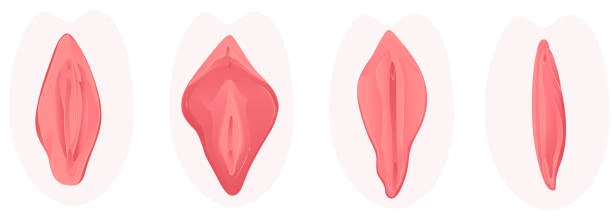
Effectiveness and Safety
Numerous studies have shown that CO2 laser treatment is effective in improving symptoms of vaginal atrophy. Women have reported increased vaginal lubrication, reduced pain during intercourse, and overall improved quality of life. The procedure is generally well-tolerated, with minimal side effects. However, as with any medical procedure, there are potential risks, including infection, scarring, and temporary discomfort.
Conclusion
Vaginal atrophy is a common and often distressing condition that can significantly impact a woman's quality of life. While traditional treatments such as topical estrogen therapy and non-hormonal options can provide relief, they may not be suitable for all women. CO2 laser therapy offers a promising alternative, providing effective symptom relief through a minimally invasive procedure.
As with any medical treatment, it is important for women to consult with their healthcare provider to determine the most appropriate treatment based on their individual needs and medical history. With continued research and advancements in technology, CO2 laser therapy may become a widely accepted and accessible option for women seeking relief from the symptoms of vaginal atrophy.
By Cynthia from Omni Laser

